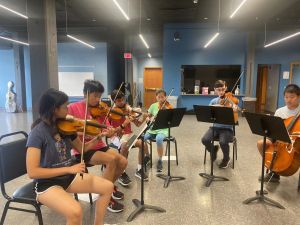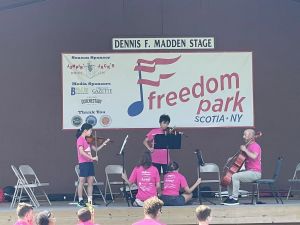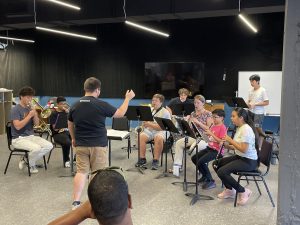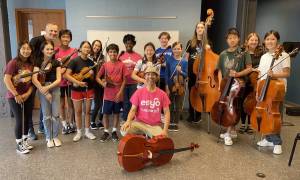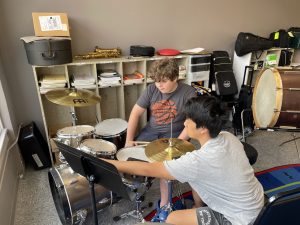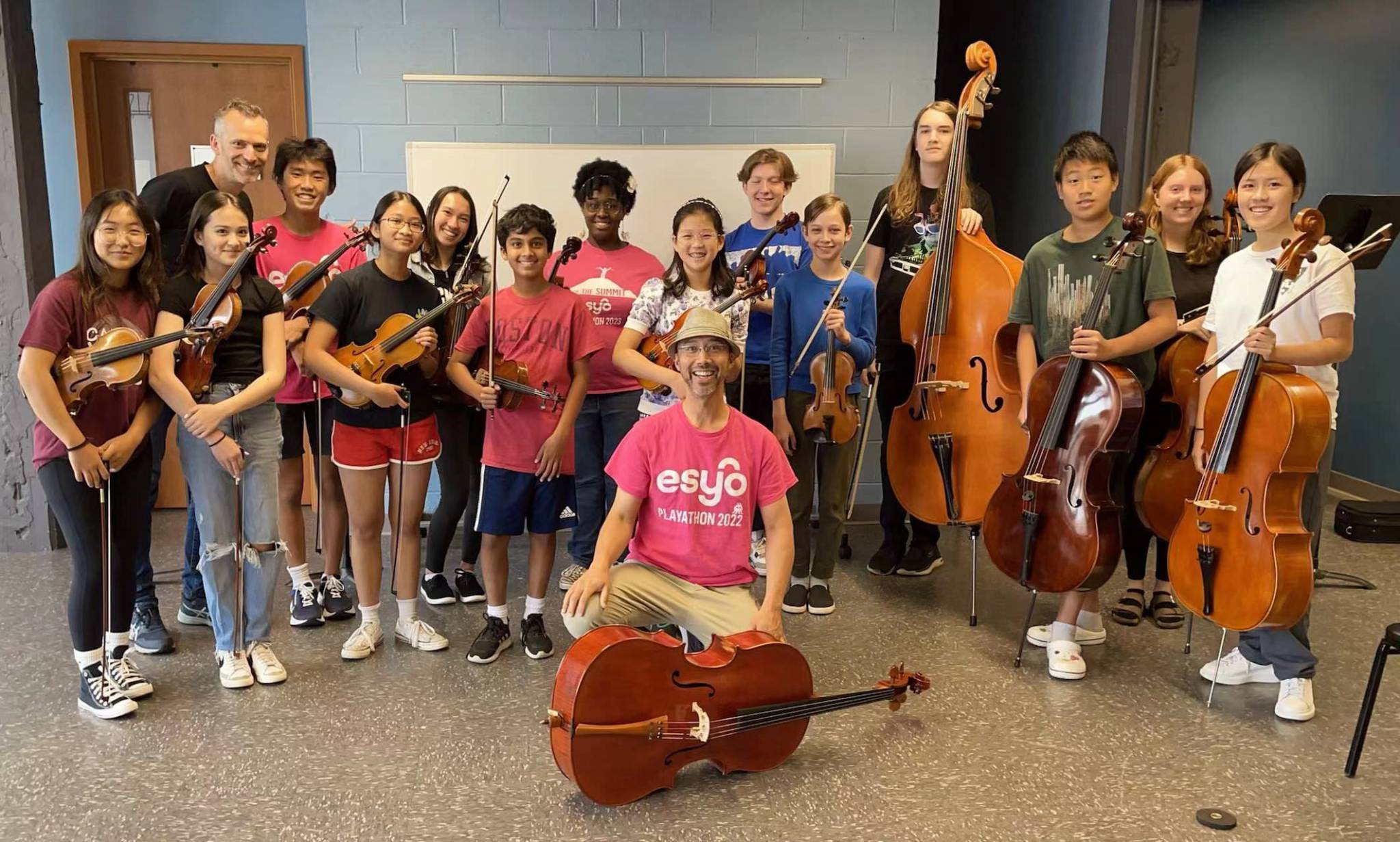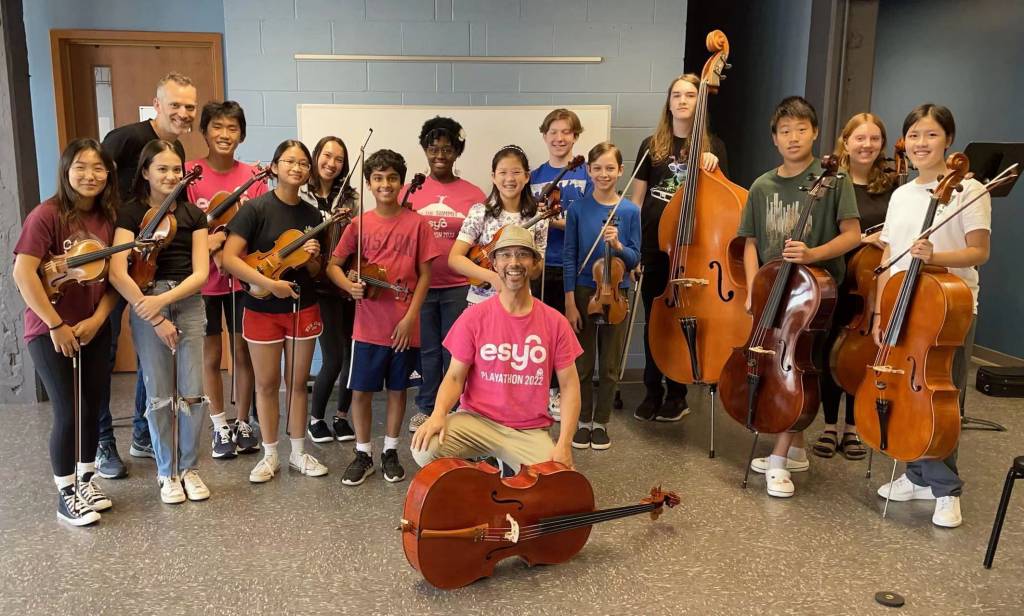In the past few years, many performing arts students have been hindered by COVID in one way or another. Some schools no longer offer classes or clubs at the same depth as during the pre-COVID years. Due to financial problems, other musicians can no longer afford to pursue their art the same way as before. Due to COVID, many talented musicians have lost years’ worth of opportunity. Even years after the pandemic has lifted, many families of students are still struggling to continue to provide opportunities for their children. However, there are many efforts in the community to help.
One such example is our local ESYO CHIME program. ESYO stands for Empire State Youth Orchestra and is a program for talented youth musicians who want to elevate their performing arts careers to the next level. The program allows grade school students in New York to play and perform with exceptional conductors and many other talented musicians from across the state. Over 600 musicians and 13 different ensembles of all different levels are involved in ESYO, ranging from strings, winds, brass, percussion, and voice. However, such a great program cannot come for free, and many musicians cannot afford to play in it. That is why within the ESYO there exists the CHIME program, which offers free musical opportunities for students with disadvantaged backgrounds. We have both invested a portion of our Summer vacation to support the ESYO program, giving back to the amazing music community that has fostered our interest in music.
Max: For my part, I volunteered in a ESYO summer chamber string camp as a coach, and was able to play and coach my own trio for the first time. From my Deerfield chamber experience, much of the learning and playing process was familiar, yet having the ability to now lead the group in discussion and reflection added a whole new angle that made it all the more enjoyable. Over the two week long camp, we sight read and chose pieces to perform, engaged in drills and warm ups, played music related games, worked in large masterclasses, but much of the time was spent independently within our group without a coach. This student-led and laid back format of the camp allowed the students to more freely engage in discussion and fostered more creativity.
Austin: For my part, I was able to work with the wind and percussion ensemble for a week and coach an up and coming drummer. Throughout the week, we worked on reading music, playing a couple of basic grooves, and following the tempo of a song. At the end of the week there was a short concert where the students showed what they learned to their parents with individual solos and duets as well as a combined ensemble piece. All in all this camp gave me a new perspective on music from a teacher’s point of view and I learned just as much from my experience teaching as the students did.
As each of our camps ended and we said our goodbyes to the students we worked with and fellow instructors that helped us along the way, we both have learned a lot about the process of leading a group of younger students and helping them on their way to become spectacular musicians. Being able to coach students and lead music groups has posed its own challenges. But overcoming these challenges, that we would’ve never faced as just musicians, has given us a greater appreciation for the mentor figures in our own music journeys that helped us get to where we are at today.
-Austin ’25 and Max ’25
